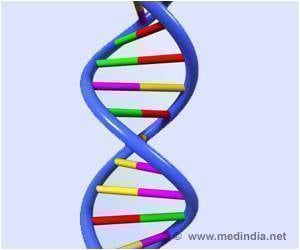A web-based tool accurately detects autism in young children.

Wall has been developing algorithms and associated deployment mechanisms to detect autism rapidly and with high accuracy. The algorithms are designed to work within a mobile architecture, combining a small set of questions and a short home video of the subject, to enable rapid online assessments. This procedure could reduce the time for autism diagnosis by nearly 95 percent, from hours to minutes, and could be easily integrated into routine child screening practices to enable a dramatic increase in reach to the population at risk.
"We believe this approach will make it possible for more children to be accurately diagnosed during the early critical period when behavioral therapies are most effective," said Wall.
This research will be published April 10 online in Nature Translational Psychiatry.
Autism is diagnosed through a careful analysis of an individual's behavior. When children are evaluated for autism, they typically take the Autism Diagnostic Interview, Revised, known as the ADI-R, a 93-question questionnaire, and/or the Autism Diagnostic Observation Schedule, known as the ADOS exam, which measures several behaviors in children. Together these evaluations can take up to three hours to complete and must be administered by a trained clinician. Often, there is a delay of more than a year between initial warning signs and diagnosis because of the waiting times to see a clinical professional who can administer the tests and deliver the formal diagnosis, Wall said.
Using machine learning techniques, an artificial intelligence method where machines are trained to make decisions, Wall and his team studied results of the ADI-R from the Autism Genetic Research Exchange for more than 800 individuals diagnosed with autism to find redundancies across the exam. They found that only seven questions were sufficient to diagnose autism with nearly 100 percent accuracy, equivalent to the full 93-question exam. They validated the accuracy of the seven question survey against answer sets from more than 1,600 individuals from the Simons Foundation and more than 300 individuals from the Boston Autism Consortium.
Advertisement
"This approach is the first attempt to retrospectively analyze large data repositories to derive a highly accurate, but significantly abbreviated classification tool," said Wall, who is also associate professor of pathology at Beth Israel Deaconess Medical Center. "This kind of rapid assessment should provide valuable contributions to the diagnostic process moving forward and help lead to faster screening and earlier treatment," he said.
Advertisement
Source-Eurekalert












